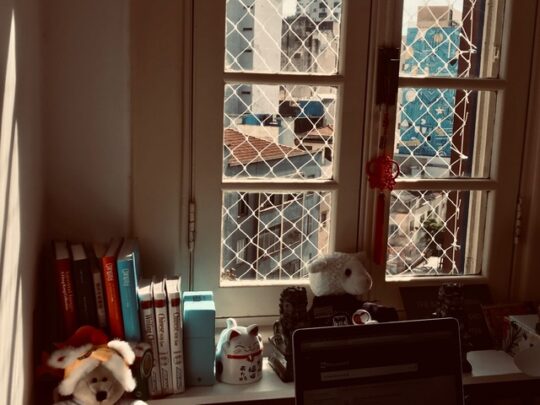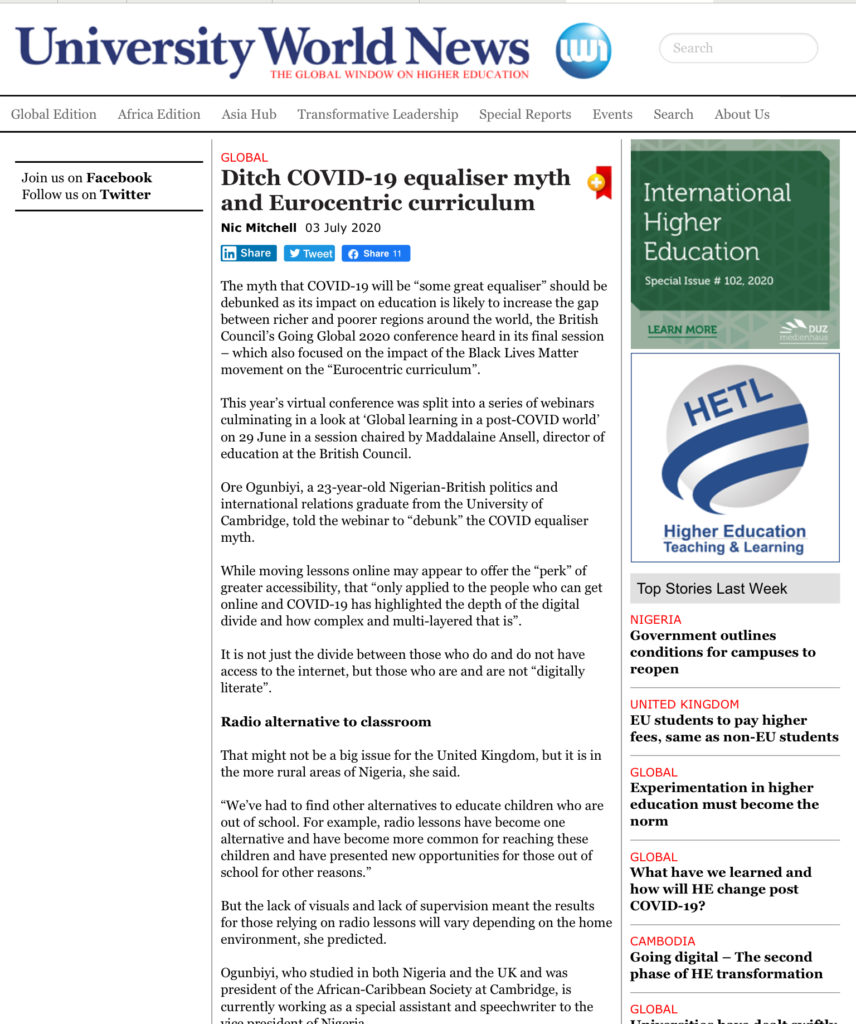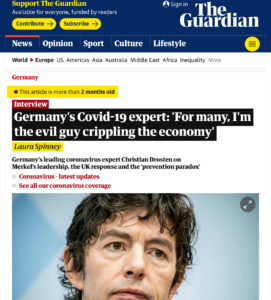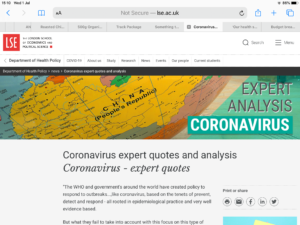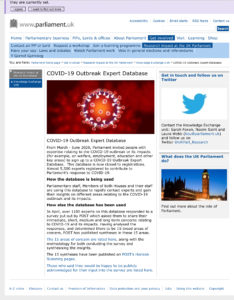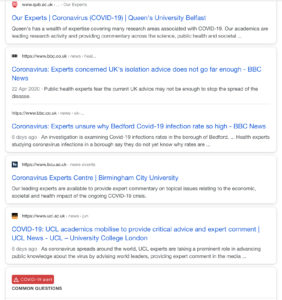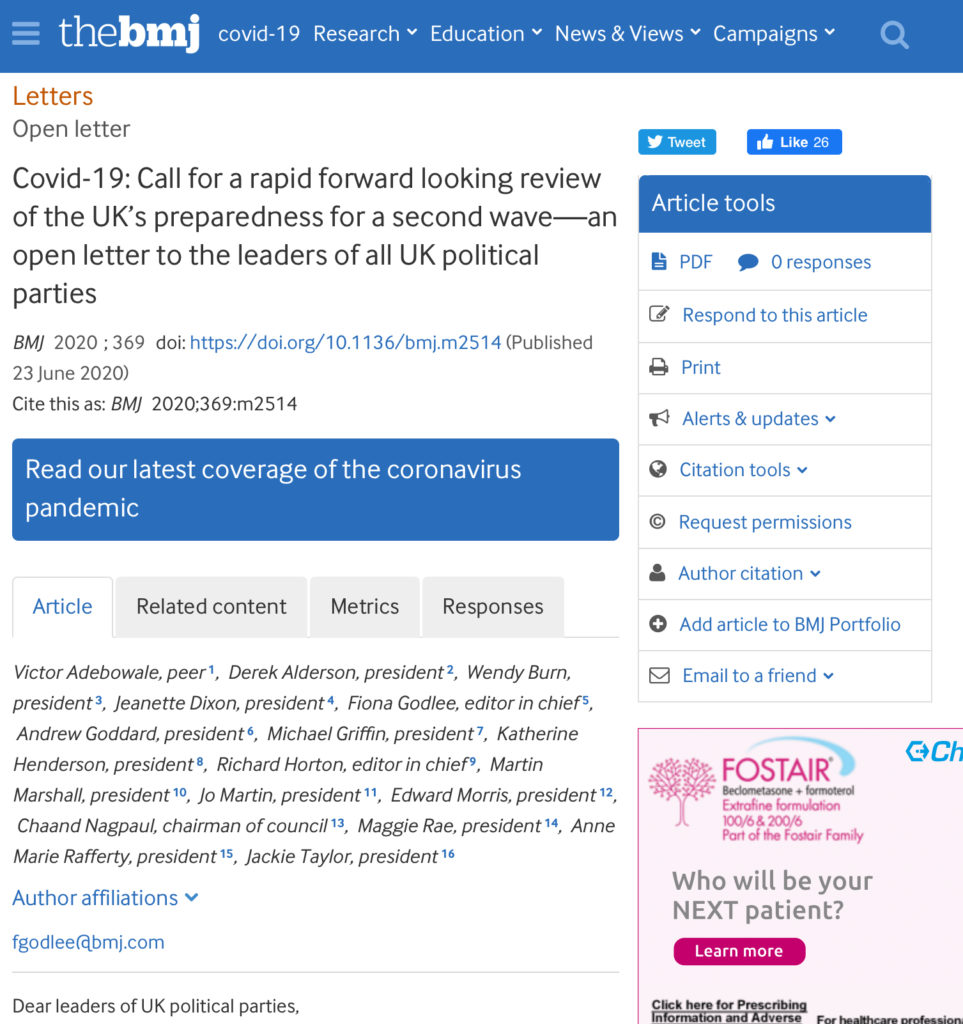Liz Stanley
Following a near-death encounter some years back, I published a number of things about death and mourning which focused around the ‘simulacra of presence’ aspects of mourning on the one hand, and what Elias refers to as ‘the loneliness of the dying’ aspects on the other. This distinctive kind of loneliness involves the frequent sequestration of the old, the ill and those about to die in places out of place, so this is not just an interpersonal everyday kind of loneliness. And the idea of simulacra of presence involves such things as photographs, favourite objects and other memorabilia that conjure up some trace of a dead person, with the simulacra being the intangible trace of this person that they convey, rather than the objects in a literal sense.
This blog acts as a postscript. It is written slant-wise to the simulacra of presence argument, looking again at presence, the tangible and the visceral, and their part in relationality and sociality. In particular the focus is on how these may be changing in the ‘coronavirus normal’ context. More particularly still, it concerns how they have changed for me, exploring this not in any confessional vein but as a sociological inquiry – the social is, after all, our stock in trade.
Human interconnectedness is a truism for sociologists and ‘no man is an island’, as the line in John Donne’s poem goes. But what happens, as in the coronavirus lockdown period and what has followed it in terms of social distancing, when many of the components of sociality are bracketed, put in abeyance, or for some people need to be given up almost entirely because of particularly severe health conditions? Does the web of social connection remain intact, or if not then what?
Many comments about the coronavirus pandemic have emphasised ‘we’re all in this together‘ aspect, that strangers now recognise a common bond, that new ways of keeping in touch have increased exponentially, that people are kinder to each other, and so on. However, the examples most often mentioned mainly concern the civility or kindness of strangers in the in-passing encounters that occur when walking down streets, going into shops, using public transport and so on.
But what might be happening in that larger realm of sociality that lies between once-only encounters with strangers, and relationships with those we live and interact with on a daily basis? What is happening to relationships with the people who are close to us, our relatives and friends and close colleagues, those with whom we have a sustained bond, but do not necessarily see on a daily, weekly or longer basis? In particular what is happening to these kinds of relationships in circumstances of illness, death and what comes after in grief and mourning?
In contemplating this I have in mind the illnesses and deaths of people I am (still am, in the present tense, in spite of deaths) close to in an emotionally close but at the same time socially distanced way, each of whose illness/death has occurred recently. Also in mind are all those other illnesses and deaths, of the almost unimaginable number of people who have died in a short time-period and are still dying around the world. Worry and concern for people who are loved though living at a distance – either a geographical distance or the social distance that exists between in-passing strangers and those we live with – has for me taken place in the context of this more disembodied and in a strange sense greater worry and concern. That is, worry for myself and for those near and dear and mourning for those among them who are loved and lost has become a factor in a larger context, that of mourning for the tens and hundreds of thousands of people, strangers, who have died. There is a figure/ground affect, as well as effect, going on.
A text arrives, a loved friend, X, has contracted ‘it‘ within days of their small business reopening. But what to do other than text the mutual friend who has informed me back, for not even telephone, Skype or Zoom with X was a possibility because of the illness. The personal worry hangs in the air day after day of waiting. But its backcloth is the greater worry felt, and this personalised worry became absorbed into it. Then X’s recovery from the illness became absorbed in a similar way: ‘oh I hear [a text] X has recovered’, then a slow fade, X in my memory rather than renewed contact. Then eventually weekly texts and occasional phone calls resume with X, with the earlier presence of the possibility of X’s death becoming a generalised ‘new normal‘ thrum of concern. Yes the concern is for X, who keeps doing things that worry me, but it is also for all those other people doing the things they do as well. And the word worry is insufficient, because it’s mixed with grief, grief that all these other deaths are occurring and those of people I know might follow, including of course my own.
Y, once a close friend seen multiple times a week, moved continents. A plan to meet up for a holiday came to nothing because of the encroaching pandemic, so we agreed by phone that we would not meet again until ‘it‘ was over or a vaccine developed The following silence was not unexpected, the text message sent but no reply received was not unusual, in the context of this very long friendship. Into this usual absence came the different absence of Y’s coronavirus death, communicated by a third party. But what does death in the sense of the final absence of a person mean in a context in which no close communication had occurred for a long period and would not happen for a long time in the future as well? Indeed, Y and I might not have met again anyway, given the large geographical distance involved, so what is the difference between that kind of absence and the absence of death?
Put another way, the loving relationality between me and Y had come to be characterised by a large degree of absence and a small degree of sociality – little or no regular communication in a face-to-face and voice-to-voice sense. Then this was confirmed by the lockdown and health issues at both ends. The worth or value of the relationship had not lessened, but its character had changed. And ‘after Y’s death’ in these circumstances is to a large extent just like before when Y was hale and hearty but absent. Grief and worry have occurred here in the rather abstract and general way mentioned earlier in relation to X. That is, grief and mourning for Y has occurred in a ‘piece of the continent, part of the main’ sense, as the next line in John Donne’s poem continues, rather than the intense and utterly specific feelings of grief in missing someone that is associated with ‘normal’ death. Grief and mourning has been for all the hundreds of thousands, rather than ‘just’ for Y on their own.
Perhaps this odd combination of intensity, emotion on the surface, fellow-feeling and abstractIon is part of the ‘new normal’ so often invoked. Feeling such a combination of things is perhaps not surprising, but what is unexpected is just how visceral it is, how much it is felt, how raw these ‘abstract‘ emotions are, how grief sits only just beneath the surface and erupts in unexpected ways. Anything kind, upsetting, loving, moving, triggers it – and no matter how cheesy it might be. So I find myself holding back tears, or not holding them back, at the most unlikely things. It’s almost as though my body has constant grief in it, but which my conscious mind is not always aware of. It seems to be the sense of an ending, but what kind of an ending is it? And how is it that something so abstract and disembodied can be so visceral and raw?
These complicated feelings seem to hover all the time, catching me off guard when something not entirely connected but also not entirely disconnected happens. Something of this kind has involved a friend from many years back who got in touch again recently. Q to my certain knowledge – Q told me – flouted the lockdown on at least three occasions, with a passing stranger, with a relation, with a neighbour. I’m sure Q thought there were good reasons, not being a ‘bad person’. But there was no social distancing involved, hands were clasped, people stood well within spitting distance of each other and so on. I said nothing about this, but counted the possibilities for any one of those people being a carrier of the virus and how many others might catch it as a consequence. And instead of being angry, or saying something, which would have been more sensible, I felt an instant grief for all the possible deaths and misery that could have occurred. Something like this had happened when X had caught ‘it’ from someone, Y had got ‘it’ and died from someone spreading it, in both cases involving people doing what they did for what they presumably thought were good reasons. And a PS to this is that Q did get the virus, or at least was severely ill though was not actually tested, and survived.
Thinking now about X and Y and Q, I am struck that particular illnesses, deaths, grief and mourning here have lost much of their particularity. The constant omnipresence of the deaths of unknown strangers world-wide means that grief for a single death feels like fixing on one wave when it is part of a mighty ocean. My response starts with the particular feeling, but it almost immediately slips into the general and abstract – and in an odd way even more upsetting – sorrowful remembrance of the many.
The ‘hovering‘ aspect of the welter of emotion involved that was mentioned earlier is compounded because in the lockdown situation there was/is no chance of mourning in the public sense. This took a particular shape when a very elderly relative in a nursing home died. Whether U died of ‘it’ is not known, and nor will it be given the pressing circumstances in the nursing home when it occurred. But what was certain was that there will not, cannot, be the usual extended family gathering (two generations back there were ten brothers and sisters, of whom U was one, all with children and grandchildren) which had usually occurred at such occurrences as funerals, marriages and anniversaries. When U died, there was no social gathering, just a phone call, plus one-to-one communications for those who wanted to work their way round the family group by telephone. But even Facebook pages failed to register it beyond once.
There are different kinds of absences, and something is happening to my experience of them such that they are becoming overlaid and generalised rather than each being separate and specific. It is not distance alone, whether geographical or social, that is responsible; something more complicated is going on about relationality and sociality. There is the bubble of those we live with, if we are fortunate or sometimes unfortunate enough to do so. There are the many people we are not directly connected with, both strangers and others. And there is the large in-between of loved but not lived with people, which has become shunted to the distant end, except under such flat-pack circumstances as are permitted by computer screens and software such as Teams or Zoom or Skype. What the eye doesn’t see in these online meetings is almost everything, for these performative situations are both like and unlike actually and in the round seeing people and talking with them.
The simulacra of presence is somehow connected, those traces that conjure up the loved, now absent, now dead, other people. It’s as though all this in in abeyance, for such simulacra seem to have lost power or resonance in the face of the peculiar kind of distancing that has for many people become almost habitual. The usual kinds of feelings associated with the trace – like seeing U’s photograph and their kindness welling up in my remembrance, or glimpsing a present from the much loved Y and this sharply conjuring up their presence – don’t occur. There is a slip straight from Y and U to the countless hundreds of thousands.
There is no end: these are ruminations rather than an attempt at conclusions. What we think of as the social is undergoing change of some kind, and where it will take us in the longer term none of us knows. And X, Y, Q and U are amalgams, not distinct people.
This post is in the way of swansong, as my time inhabiting the Decameron has come to a natural end. Bon chance.

